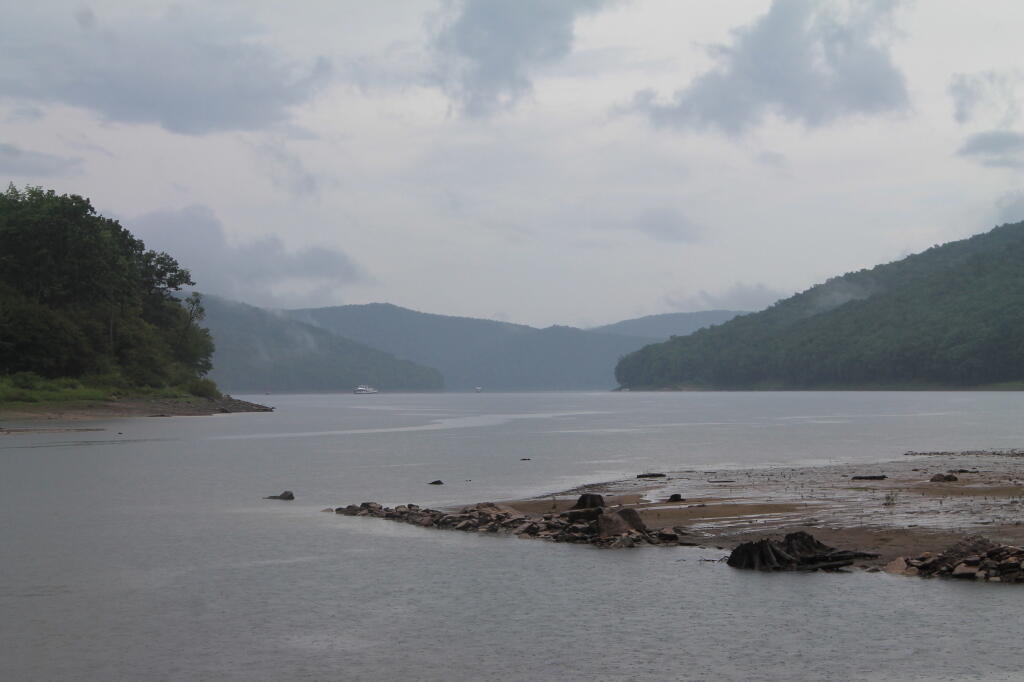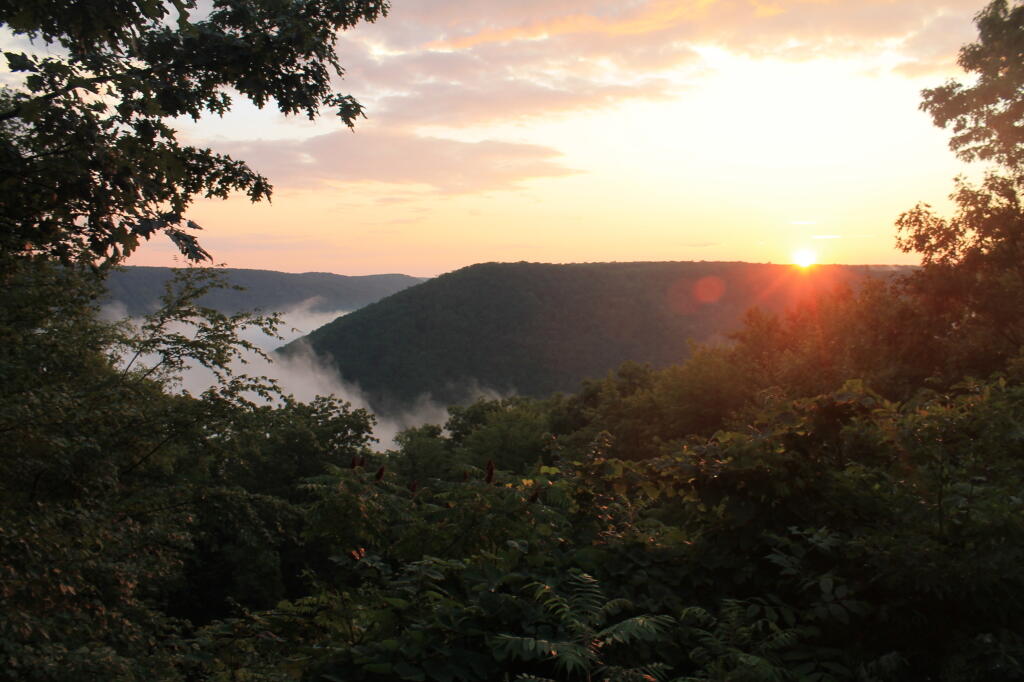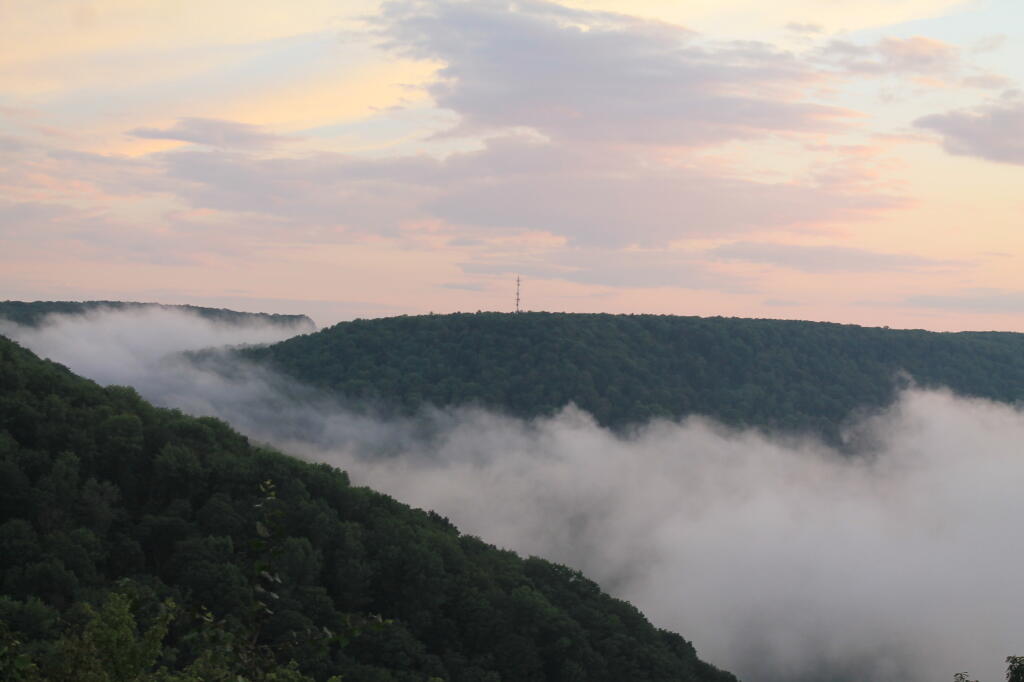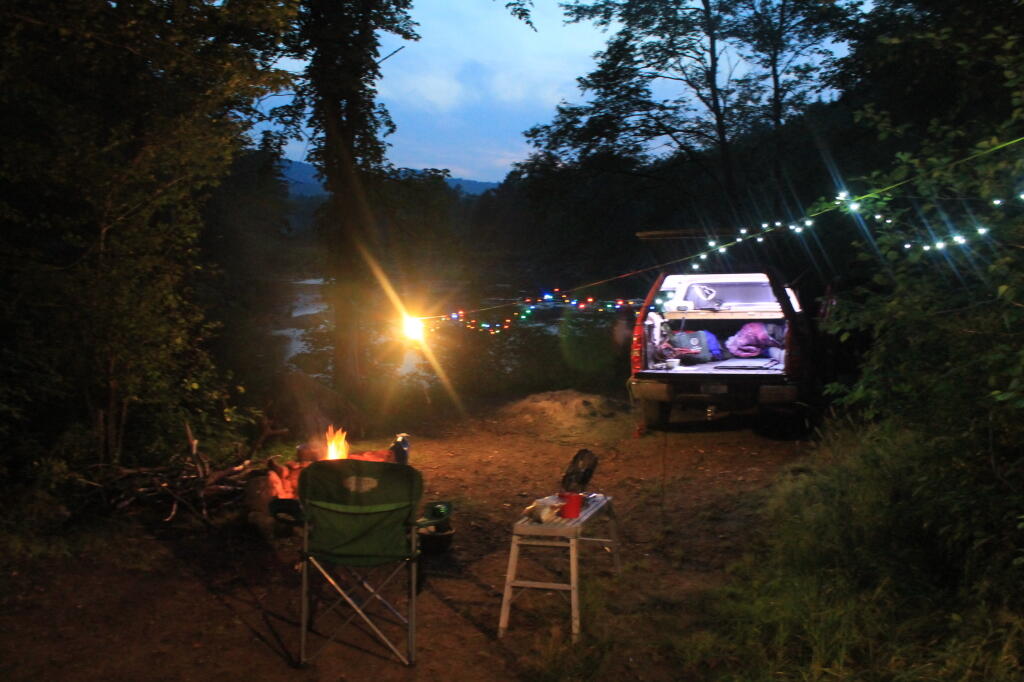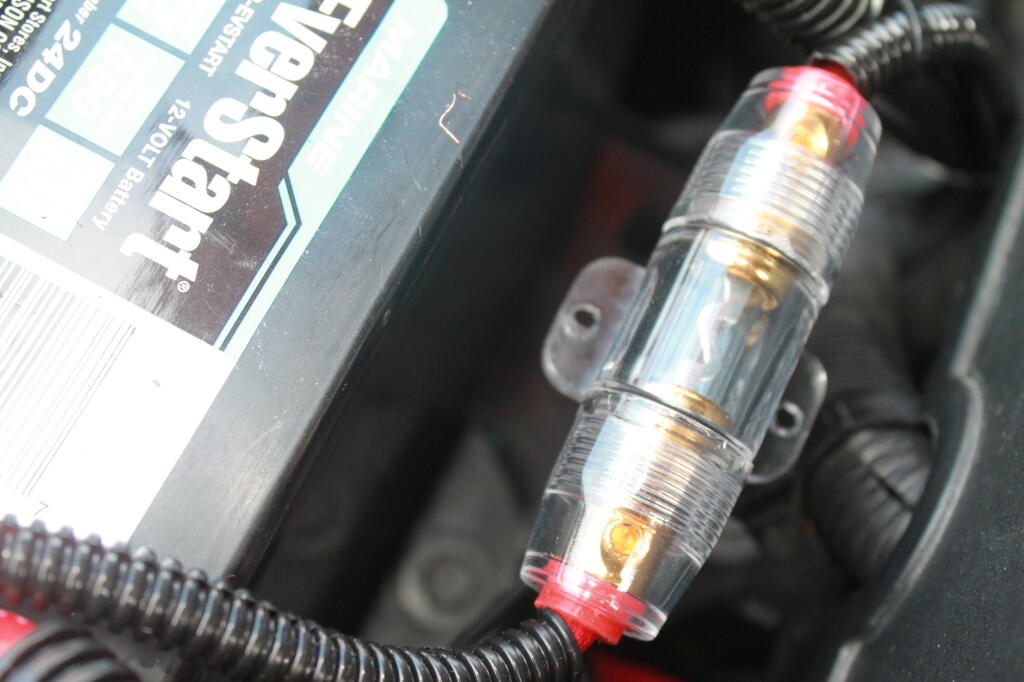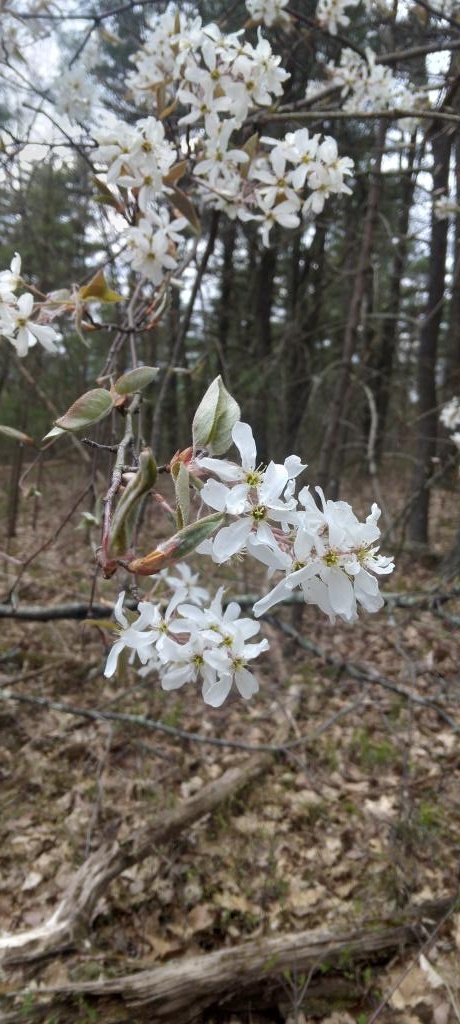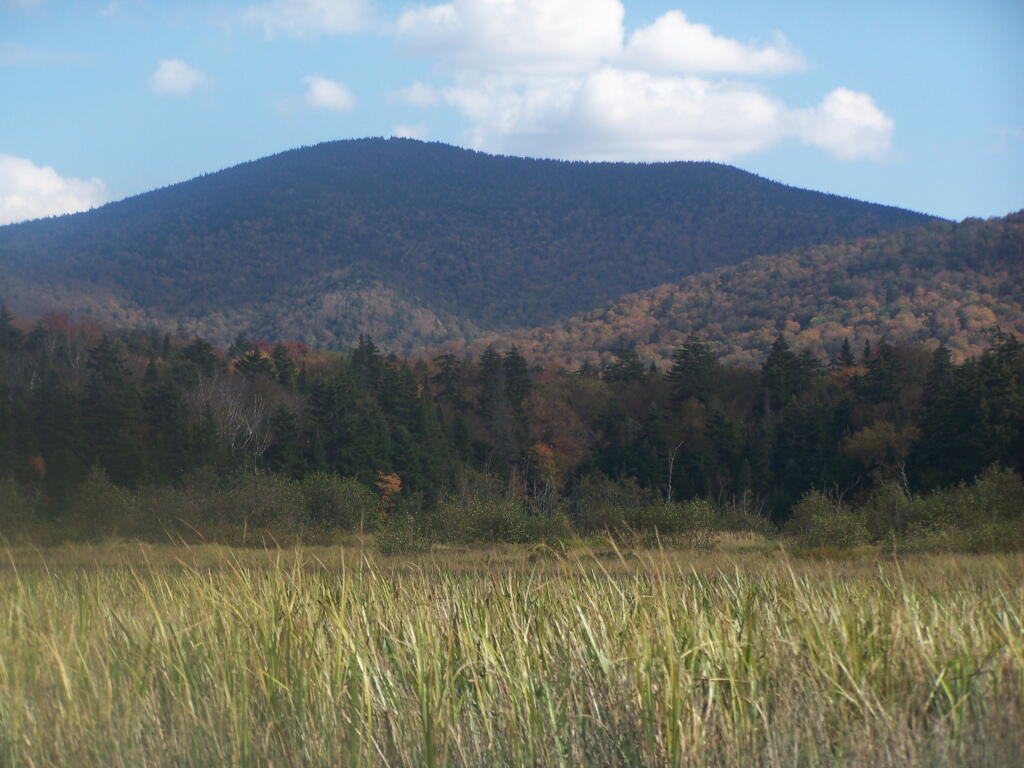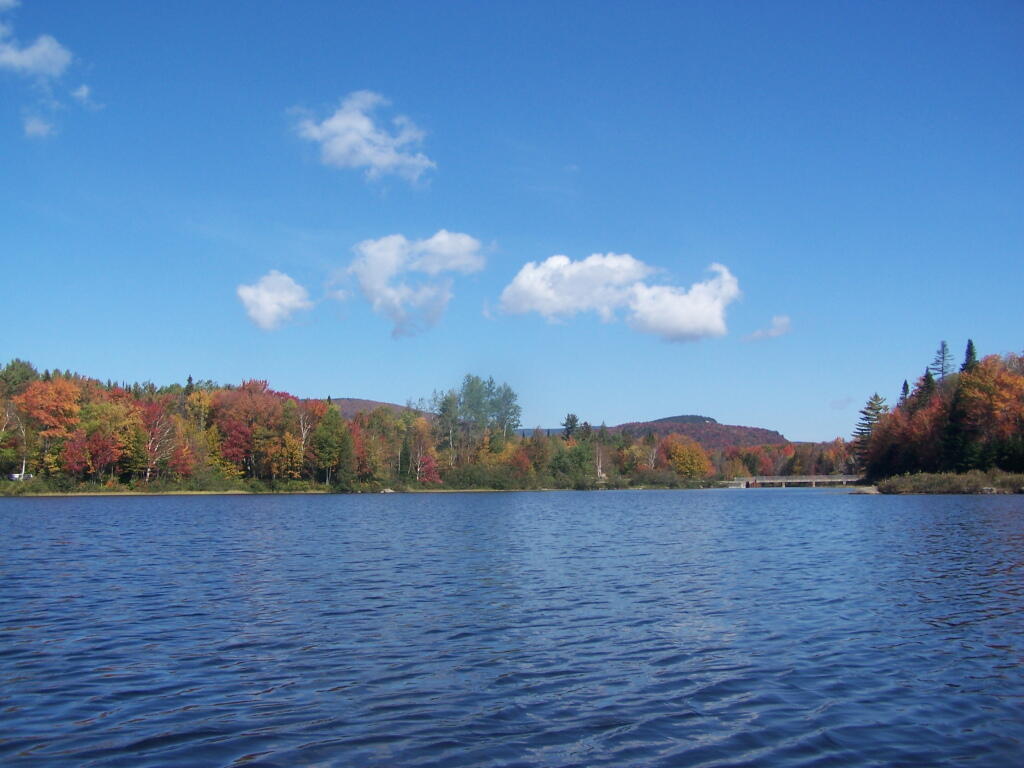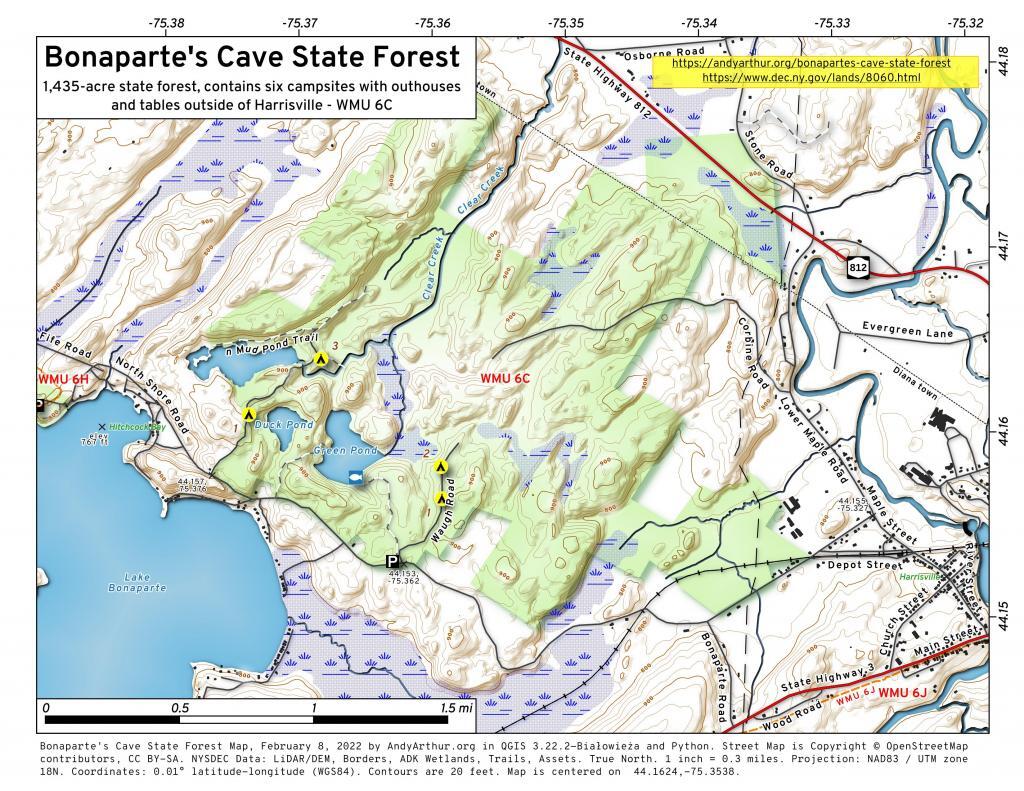In almost every Upstate New York city, and small town that surround them, it’s a pretty sad story economically. There is little industry left, most of the jobs are at places that provide social services like healthcare and education. These “social service” businesses are largely subsidized by the state and federal governments, and provide money for consumers to go to Walmart, McDonalds, and other chain retail places, that provide affordable products that are almost entirely imported to the local area. The chain retail places in turn create more jobs, for limited wage.
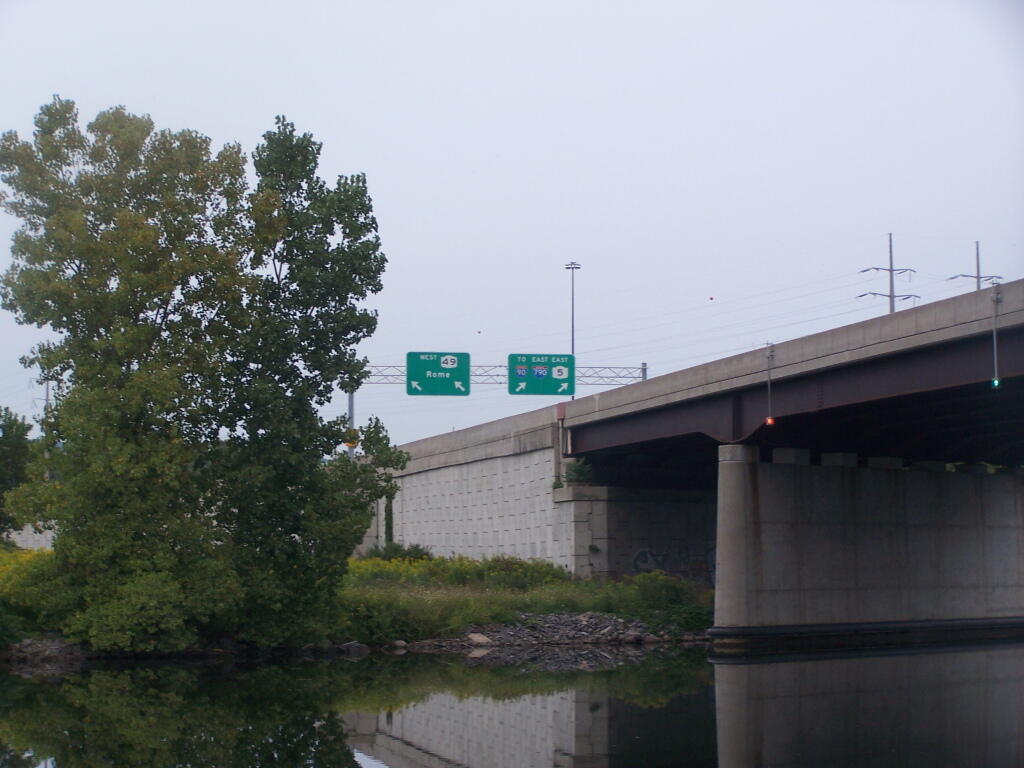
Downtowns are largely left in ruin, with small local businesses unable to compete for employee’s limited wages, being spent at the chain retails on the outskirts of the Upstate cities. Downtowns are not automotive friendly, suffering from congestion, noise, and limited parking. Where downtowns have been victims of government sponsored “urban renewal” of 1960s and 1970s, cities are often left with overbuilt expressways, that produce air pollution and noise. Many urban renewal projects were poorly designed, with ugly “modern” buildings and highway ramps, that don’t fit into communities but instead are standard designs drawn up in Albany and New York City.

Businesses left Upstate New York for many reasons…
One of the most important was the change in the economy — fueled by cheap fossil fuels — that encouraged centralization around large urban areas. Scaling up, in many cases, around large urban areas made it possible to make more product or economic activity in a large urban area, rather then smaller businesses spread out across more rural areas. Why have small plants spread out over large areas, when you could have a centralized facility that produced more product at less cost and with greater control of the final product?
The second major reason that is too often New York State policy is driven by urban liberals and ideologues, outside of the field of regulation, that imposes impossible conditions on businesses. While health, safety, and welfare is important of employees, and environmental pollution must be controlled, regulations and laws relating to businesses need to make sense and be relevant, and not just written in a state office building in Albany, without paying attention to the needs of specific industries.
The third reason is the state spends too much time courting large businesses to move into the state, without paying much time to local businesess, that meet local needs. There is an official policy to attract large employeers, and to hand out pork to them, while ignoring small but important businesses. Politicians are happy to hand out state dollars to businesses, but too often unwilling to get into the nitty-gritty of what is neccessary for businesses to succes in state. There is tons of money to hand out, but with little thought of consequences. Communities are ignored in favor of state-wide policies, handed down by Albany.
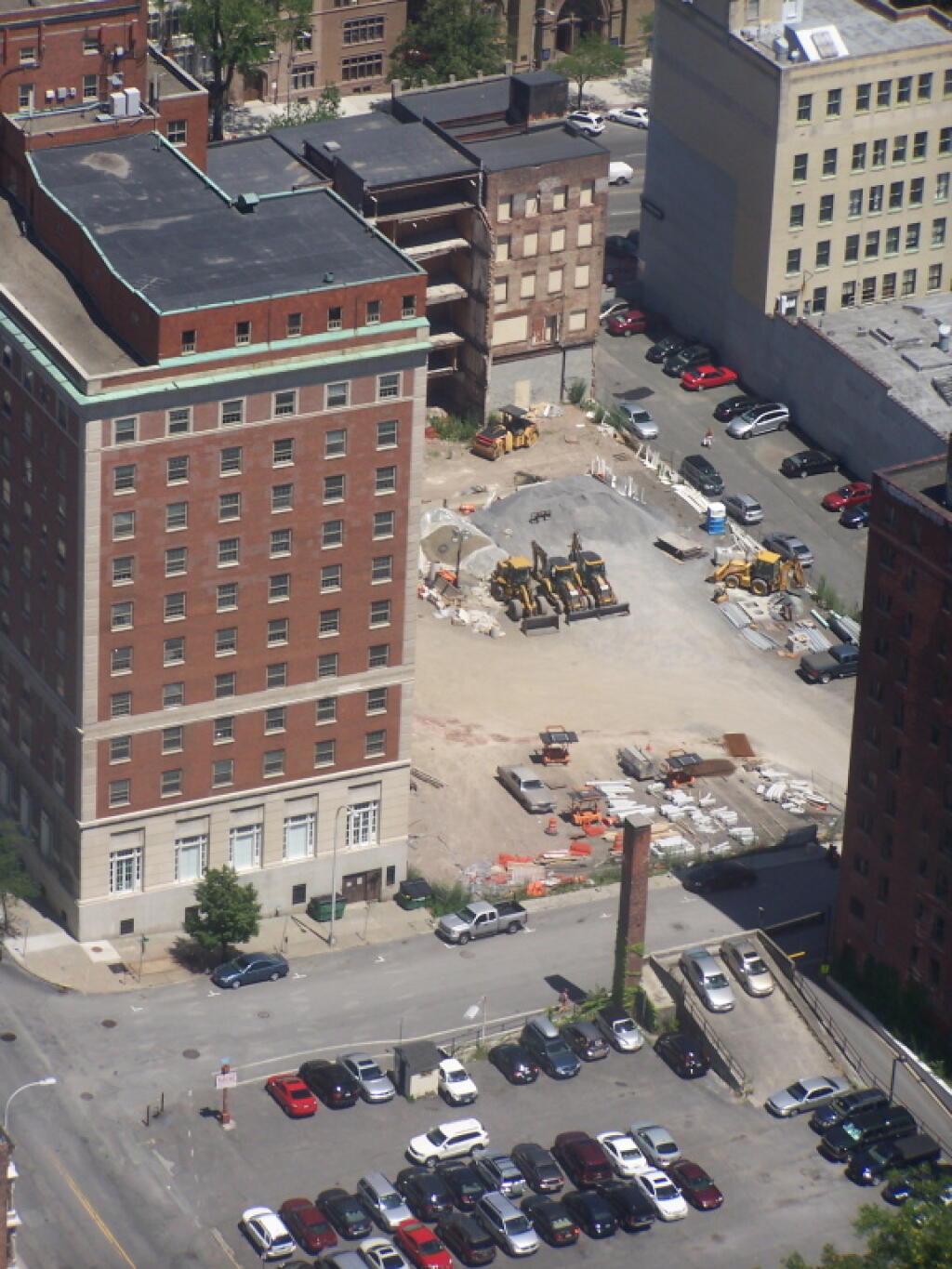
What are the solutions …
1) Home Rule.
The state needs to bring back greater home rule at all levels of government. Regions of state need to have more self-goverence, from the local government up to regional branches of state government, such as Department of Environmental Conservation Regional Offices. To the greatest extent possible, regulations and policies should be tailored to meet individual parts of state.
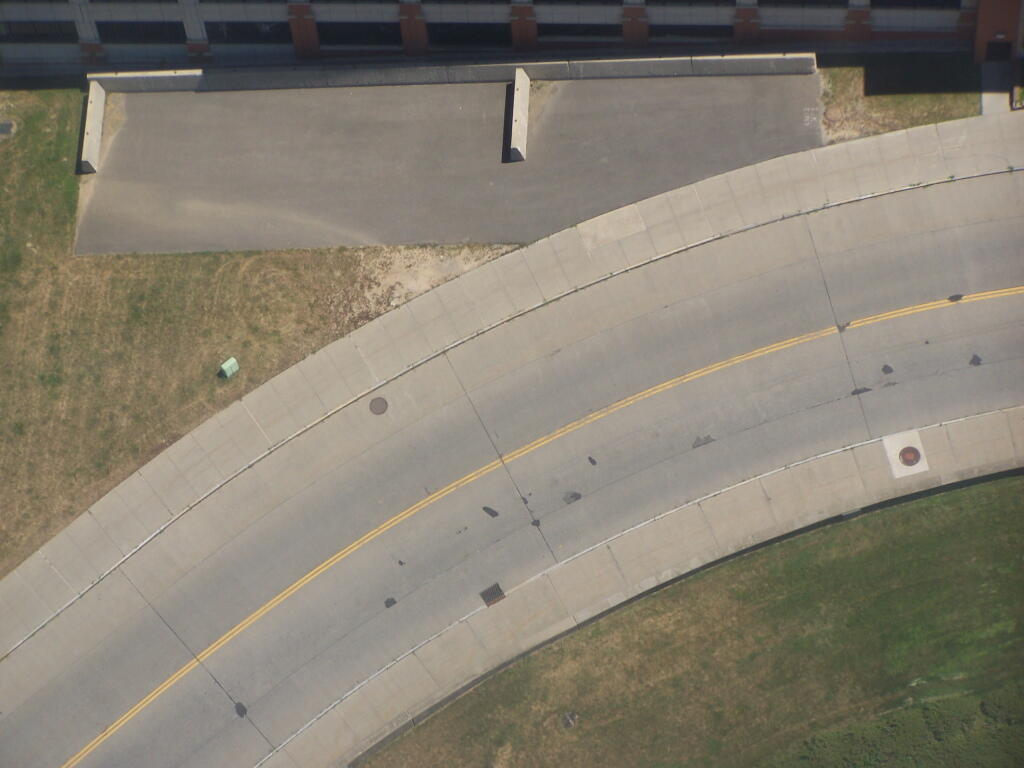
2) Better Downtowns and Less Sprawl.
The state needs to do better at helping small communities. They need to rebuild downtowns, but not just pour money into them. They need to do community scaled improvements, that slow traffic downtown, provide adaquate downtown parking, while creating bypasses around downtowns, so through traffic need not slow down or congest downtown streets. Building bypasses through downtowns, as seen in places like Amsterdam or Little Falls, is only a recipe for diaster.
The state should also eliminate subsidies to suburban sprawl on the edge of cities. The state in constructing bypasses should take steps to discourage big boxes stores to locate along the bypasses. Suburban sprawl businesses, if desired, should come without special tax breaks, as they are already profitable. People want Walmart to provide inexpensive products and provide jobs, but not at the taxpayer dollars.
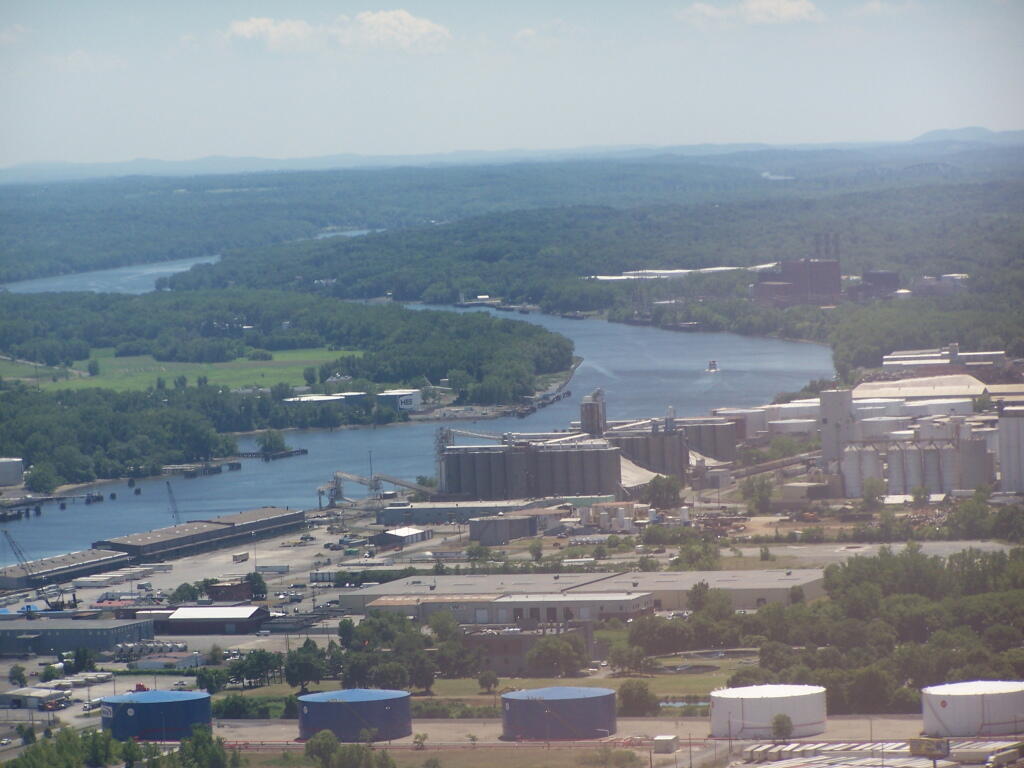
3) Encourage Import-Replacing Businesses.
The state also needs to actively encourage import-replacing businesses. Upstate cities need not just businesses that manufacture needed products, but businesses that provide products that meet local needs. Farmers markets are a great example, but the state needs to find ways to get local farms to produce affordable products that are able to service local needs (and export in addition). Likewise, we need to be developing our energy resources like wind, water, solar, along with oil and gas reserves, not just for export, but also to service local needs. Manufacturing products that service local needs, besides export is important.
Too often the big businesses the state induces to upstate communities, do not sell any of their products locally. A business that exports only, or exports primarily does little service the community. Such a community spends it’s hard earned dollars by importing products, rather then making them at home. The multiplier effect, and much of the economic value, is lost when a product is solely exported. Often with export-only economies, both the people and land are exploited for distant, urban gain of the wealthy, rather then investing in local communities.
If a biomass power plant provides electricity, and steam for a local community, using waste wood or farm waste waste, then all of the benefit remains in the community. Chances are such production is sustainable, as local needs are less like to exceed the carrying capacity of the landscape. It also keeps all of the money locally. Projects like this should be encouraged by state — in contrast to wind farms that only export their product.

4) Encourage the Arts and Education.
New York does a good job at encoraging arts and education. Yet, the state needs to do it in ways that benefit the local community, and not well segregated state universities and distant people. Communities need flexibility to spend the money, to ensure that local arts and music are benefiting local people.
… local jobs for local people.
